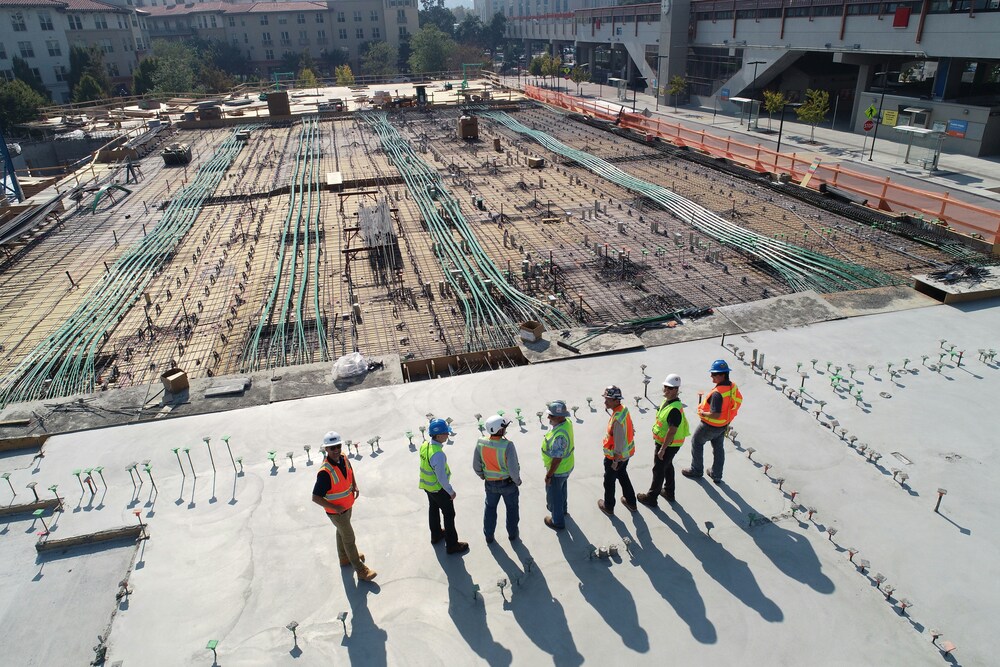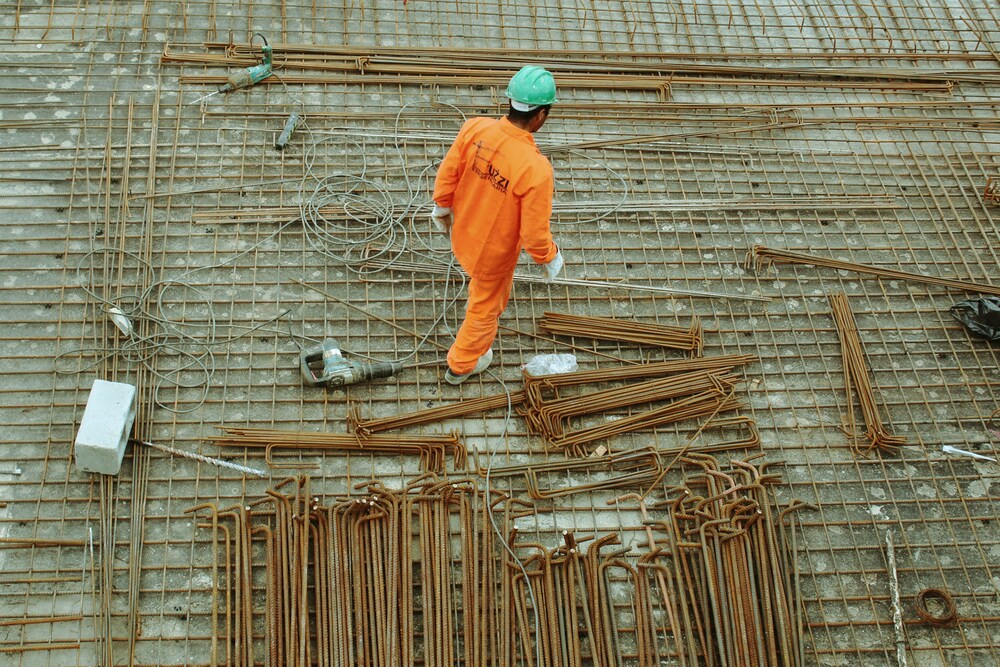- Home
- Articles
- Architectural Portfolio
- Architectral Presentation
- Inspirational Stories
- Architecture News
- Visualization
- BIM Industry
- Facade Design
- Parametric Design
- Career
- Landscape Architecture
- Construction
- Artificial Intelligence
- Sketching
- Design Softwares
- Diagrams
- Writing
- Architectural Tips
- Sustainability
- Courses
- Concept
- Technology
- History & Heritage
- Future of Architecture
- Guides & How-To
- Art & Culture
- Projects
- Interior Design
- Competitions
- Jobs
- Store
- Tools
- More
- Home
- Articles
- Architectural Portfolio
- Architectral Presentation
- Inspirational Stories
- Architecture News
- Visualization
- BIM Industry
- Facade Design
- Parametric Design
- Career
- Landscape Architecture
- Construction
- Artificial Intelligence
- Sketching
- Design Softwares
- Diagrams
- Writing
- Architectural Tips
- Sustainability
- Courses
- Concept
- Technology
- History & Heritage
- Future of Architecture
- Guides & How-To
- Art & Culture
- Projects
- Interior Design
- Competitions
- Jobs
- Store
- Tools
- More
What Is a COI in Construction? Here’s What You Should Know

If you want to start a building project, you could be on the lookout for a good construction company to help you bring your vision to life. One of the terms you’ll come across while deciding on the most reliable company to work with is COI.
But what exactly is a COI? What does it entail? Why is it important?
You’ll find out in this article. We will give you a detailed answer on what a COI in construction is and everything else you should know about it. Let’s jump right into it.
Table of Contents
ToggleWhat is a COI in Construction, & Why Is It Important?
The term COI is normally thrown around within the construction industry. You might have heard construction contractors, business owners, property owners, and insurance professionals mention this.
COI is primarily the abbreviation for Certificate of Insurance. Construction companies use this certificate to demonstrate that they have all the necessary coverage in case of accidents or liabilities that may occur during construction.
The insurance certificate benefits both the construction company and the client. It protects both parties involved in a construction project.
For instance, a client will consider a company with active insurance more reliable since they know they don’t have to incur any extra costs or losses that may occur during the project—regardless of how big or small it may be.
On the other hand, construction companies usually use this document to market their service since they understand that most clients will most likely opt for their services when they can show this document before signing the contract. The COI demonstrates that the company has the necessary finances to handle potential claims that may arise in case of any damages to the property or workers.
What Are the Key Components of a COI
The certificate of insurance is simply a document that shows proof of insurance coverage. The document summarizes all the details of the coverage your insurer will provide in case of losses or damages.
So, what does this document contain?
- The Insured Party’s (Or the Policyholder) details: This is the construction company or contractor that wants to show proof of insurance
- Insurer name and contact information: This is the insurance company or broker that provides the coverage
- Name and address of the property owner or client who requested the certificate
- All the details concerning the insurance coverage provided and the limits: The details included here will also include policy types, numbers, effective dates, and expiration date
- Cancellation Clause: The clause states how and when the certificate holder will be notified in case of any alterations or cancellations
In addition to checking whether the key components are available, the clients must review the type of insurance coverage provided carefully to ensure it meets all the contract terms. According to an article published by Indiana University, every COI should have the following covers:
– a general liability insurance carried by the subcontractor that meets the minimum requirements
– a worker’s compensation insurance
– Automobile insurance (with a limit of around $1,000 000)
– Umbrella/Excess Liability Insurance
– Professional Liability Insurance
– Builder’s Risk Insurance
– Pollution liability
Note: The contractor will only provide coverage for losses or damages that occur during the construction phases or any negligence, such as engineering mistakes, made by the contractor.
However, for damages such as theft, fire, or damage by the wind on your property, you’d need homeowners insurance from a reputable company to cater for these damages.
How Does a Property Owner Get a COI?
During the bidding process, you asked the contractor to send you the certificate of insurance. However, doing this is quite risky. Recently, there have been cases where construction companies forge these documents and send them to the client/property owner.

So, if asking for the COI from the contractor directly isn’t the right step, how should you approach this
issue?
Remember that a certificate of insurance only summarizes the entire insurance documentation. So it’s easy for the contractors to forge. Hence, the best way to get the certificate is to ask the contractor to send you the insurer’s contact information. Once you do this, contact the company directly, and they’ll mail it to you.
Also, ensure you ask for the certificate before signing the contract. The contractor and the client should keep the COI so you can use it if any problem arises after a completed project.
When hiring contractors, it’s important to check for proof of essential training. For example, excavation training ensures workers are certified to safely handle tasks like site preparation, trenching, and underground utility work. This training helps prevent accidents, reduces liabilities, and avoids costly delays.
Mistakes to Avoid When Looking at a COI
Certificates of insurance are summaries; they are not legal documents. They are proof that the contractor has active insurance coverage.
Therefore, other than checking the components of the certificate of insurance, it’s always good to do the following background checks according to the professional remodeling organization:
- Review the insurance provider to ensure that they have a good reputation and the required financial stability.
- Ensure that the document states that you are an additional insurer. Otherwise, you’ll not have direct coverage under the policy.
- Verify the policy limits to ensure that they meet the minimum requirements of the contract.
- The policies provided should be active and cover the duration of the project.
- Please don’t accept the COI without verifying that it’s legit.
Final Words
There you have it. We have come to the end of this article, and we hope this answers the question, “What is a COI in construction?” Remember to get a hold of a certificate of construction document before you sign any contract with any contractor to ensure peace of mind during your next big building or renovation project.
illustrarch is your daily dose of architecture. Leading community designed for all lovers of illustration and #drawing.
Submit your architectural projects
Follow these steps for submission your project. Submission FormLatest Posts
The Ultimate Guide to Fencing in North Dakota: Choosing the Best Fence for Your Property
Watching a chain link fence twist in 70 mph winds near Minot...
Gaudí: Where Architecture Meets Science
Gaudí: Where Architecture Meets Science shows catenary arches, ruled surfaces, and biomimicry...
How Housing Market Forces Shape Architectural Design Today
Architecture never exists in isolation. Buildings rise from a mix of ambition,...
Why Portable Formaldehyde Gas Detectors Matter on Construction Sites
As construction practices shift toward more enclosed and material-intensive environments, the risk...












Leave a comment